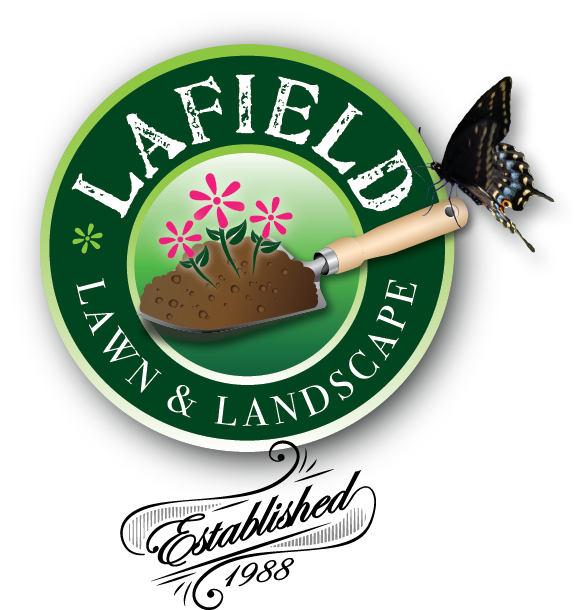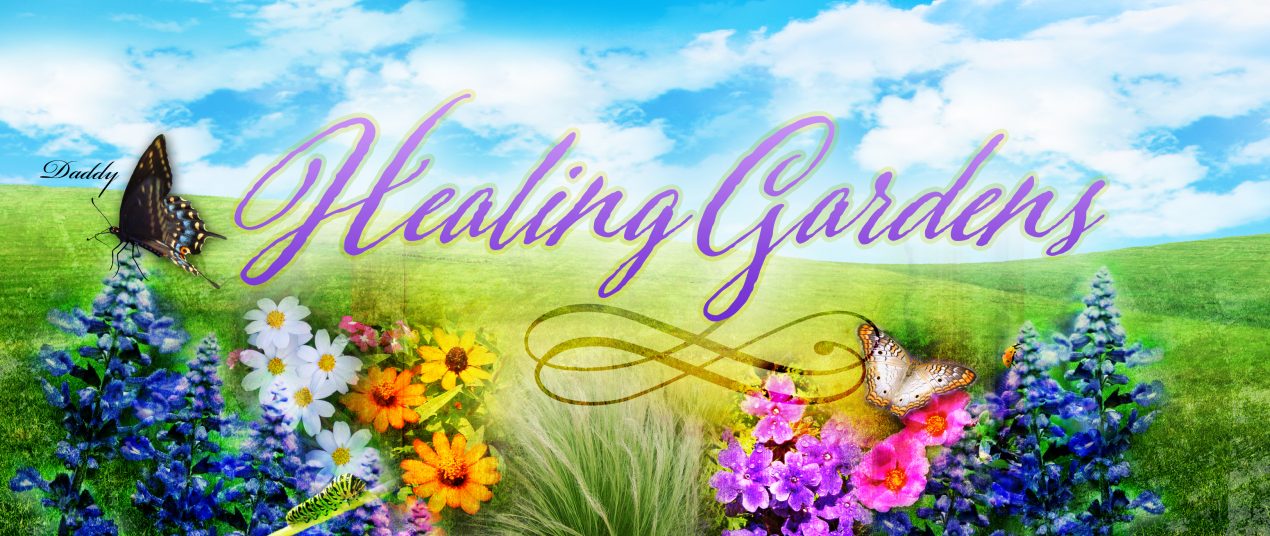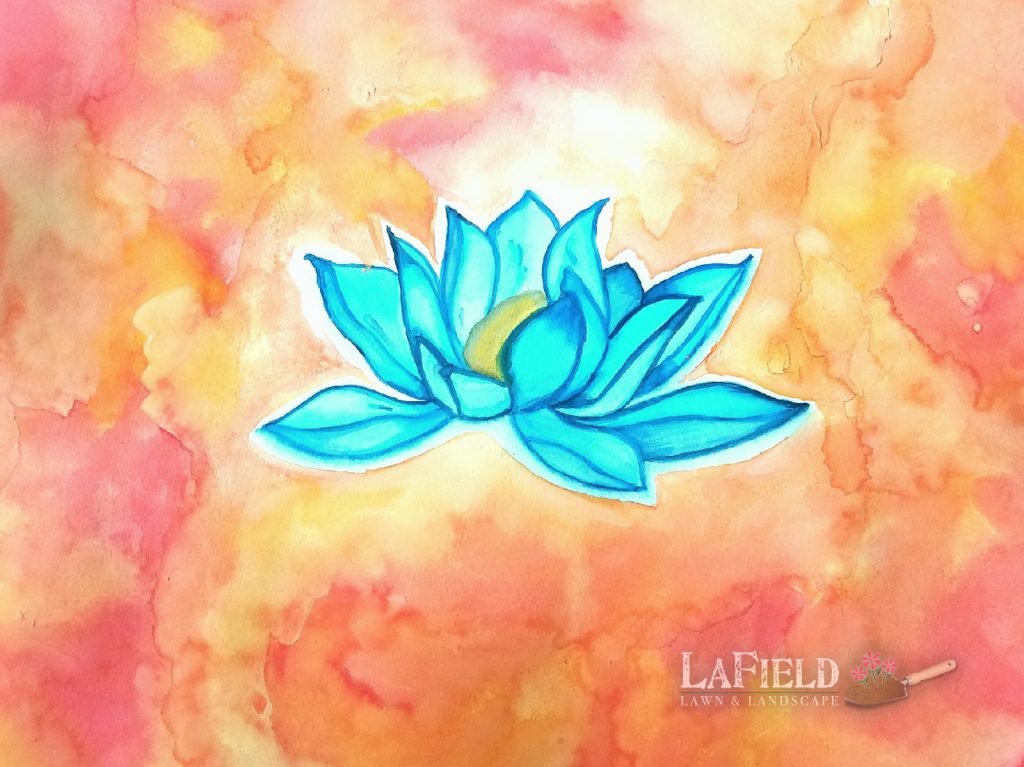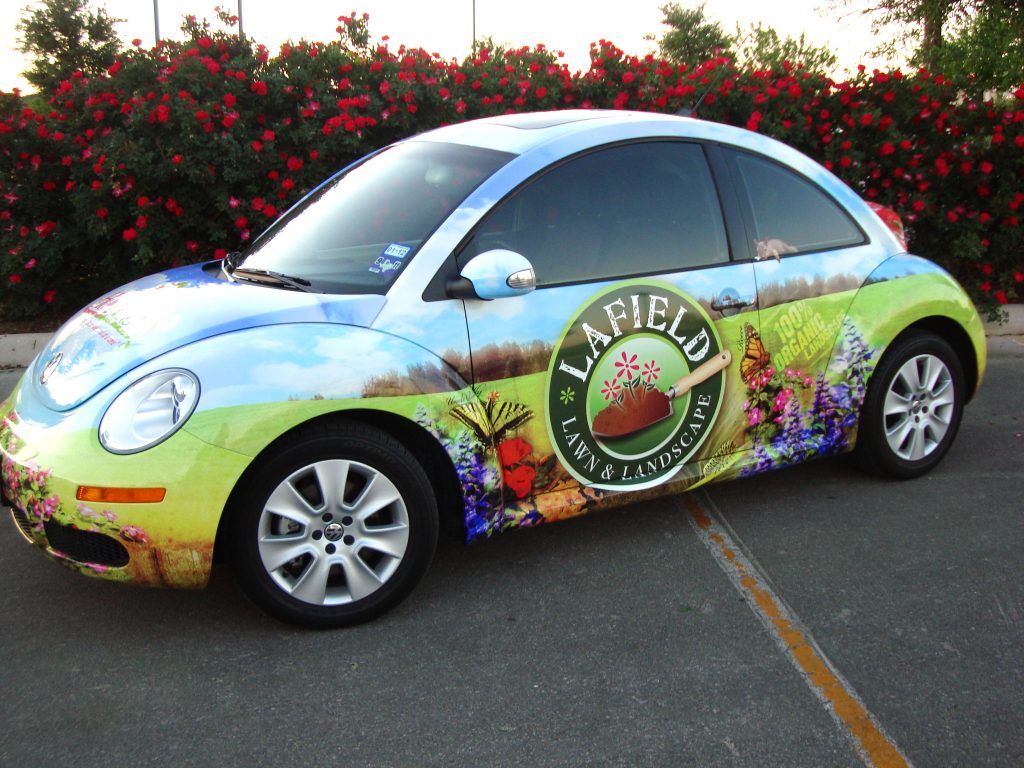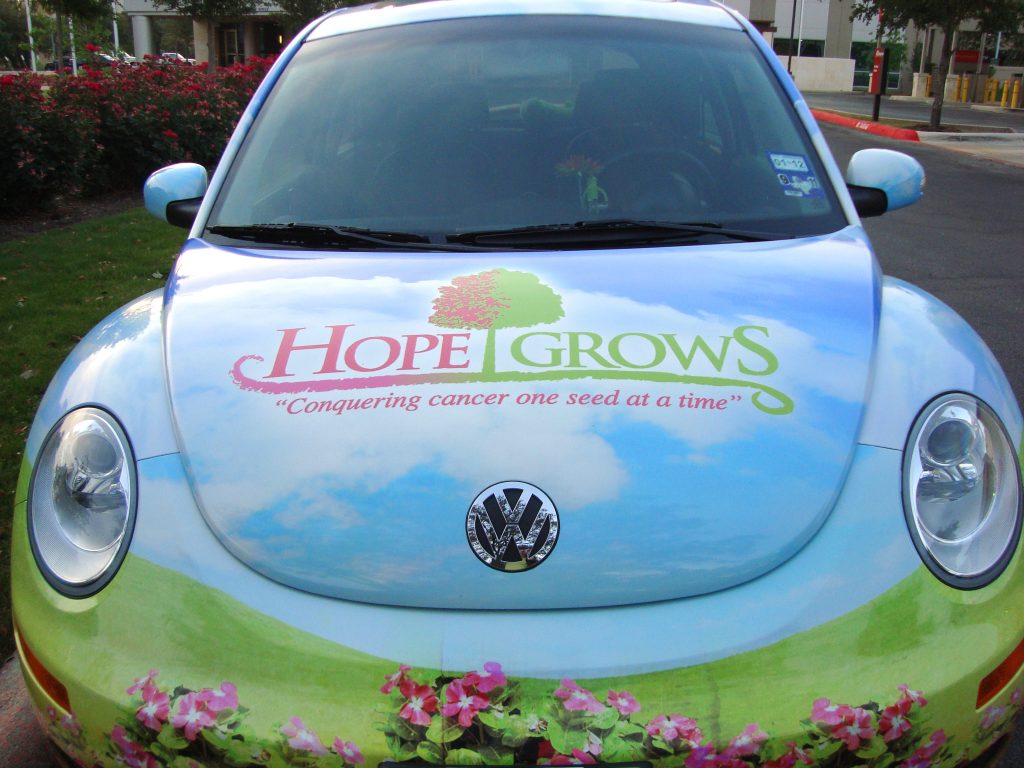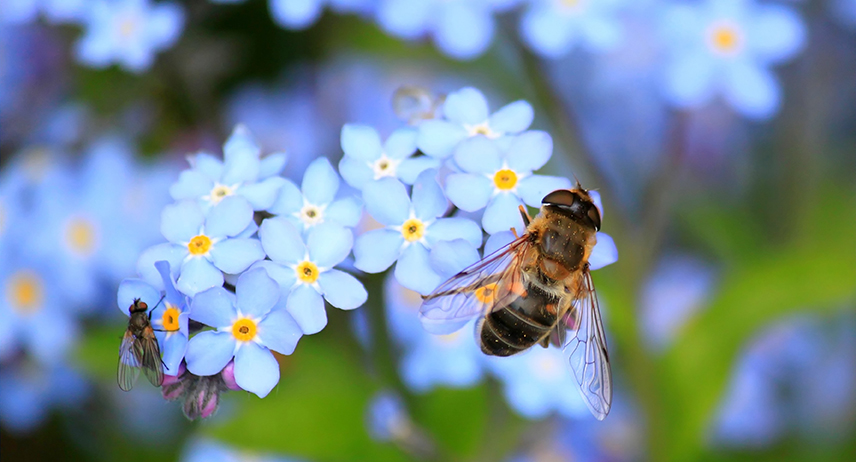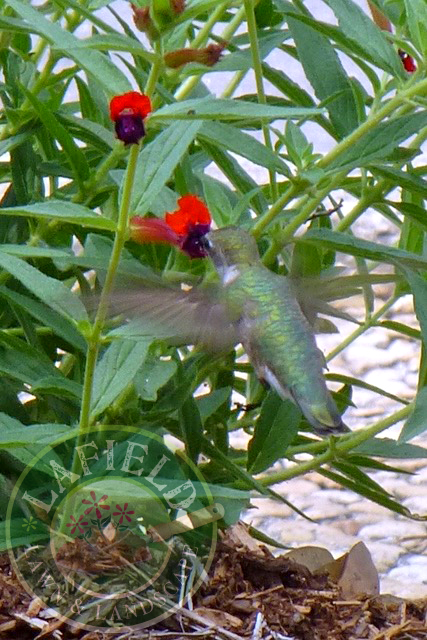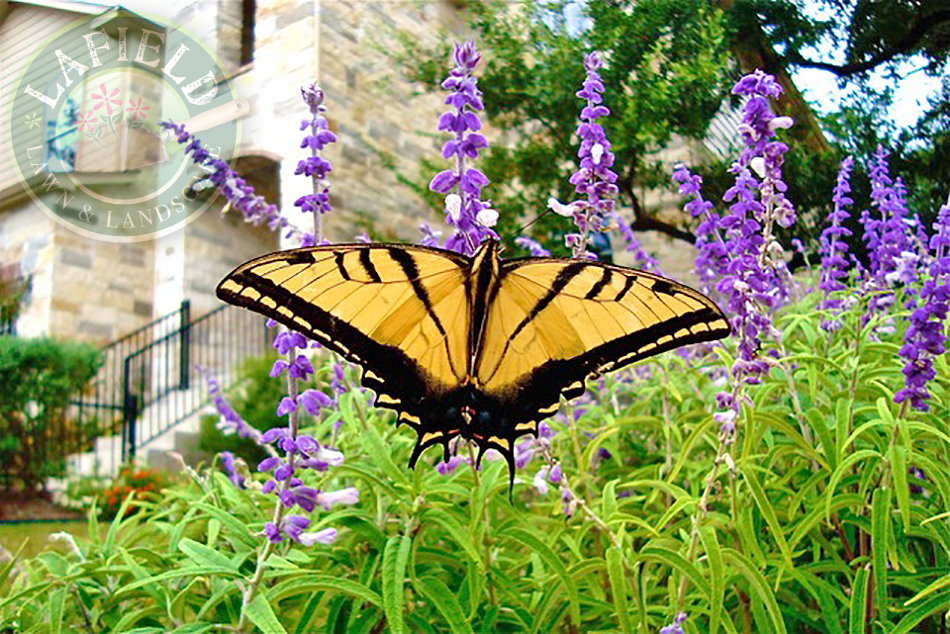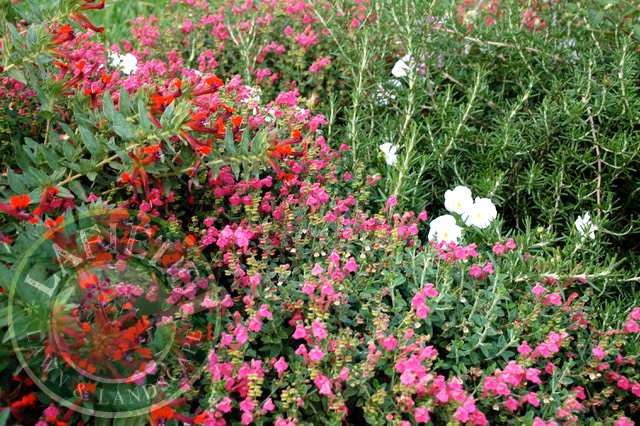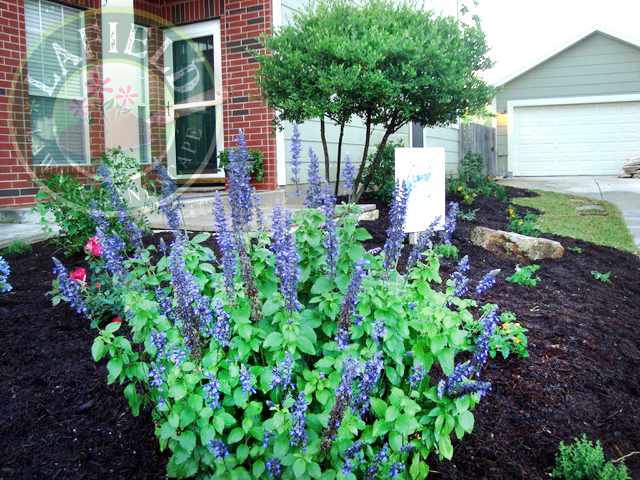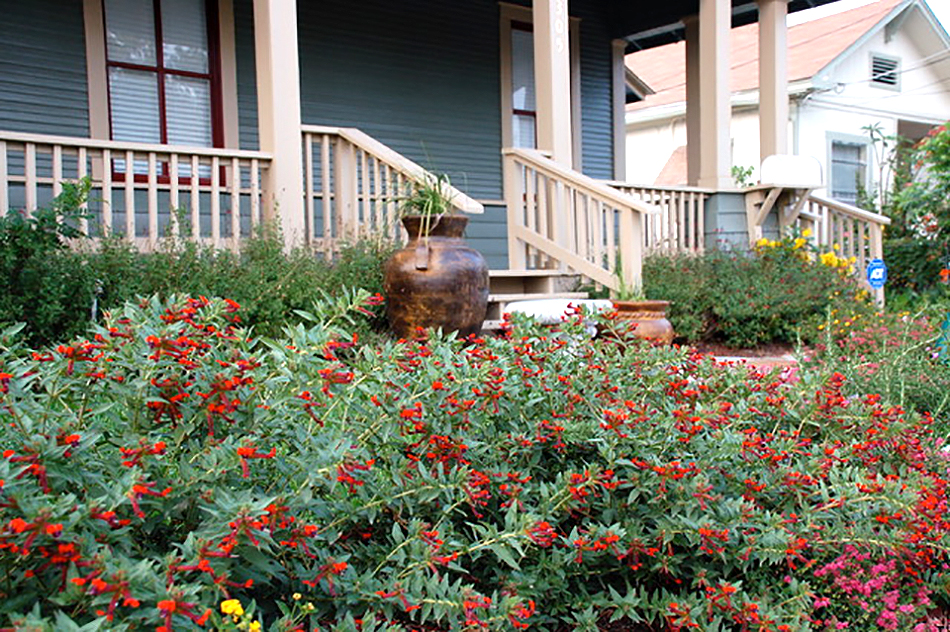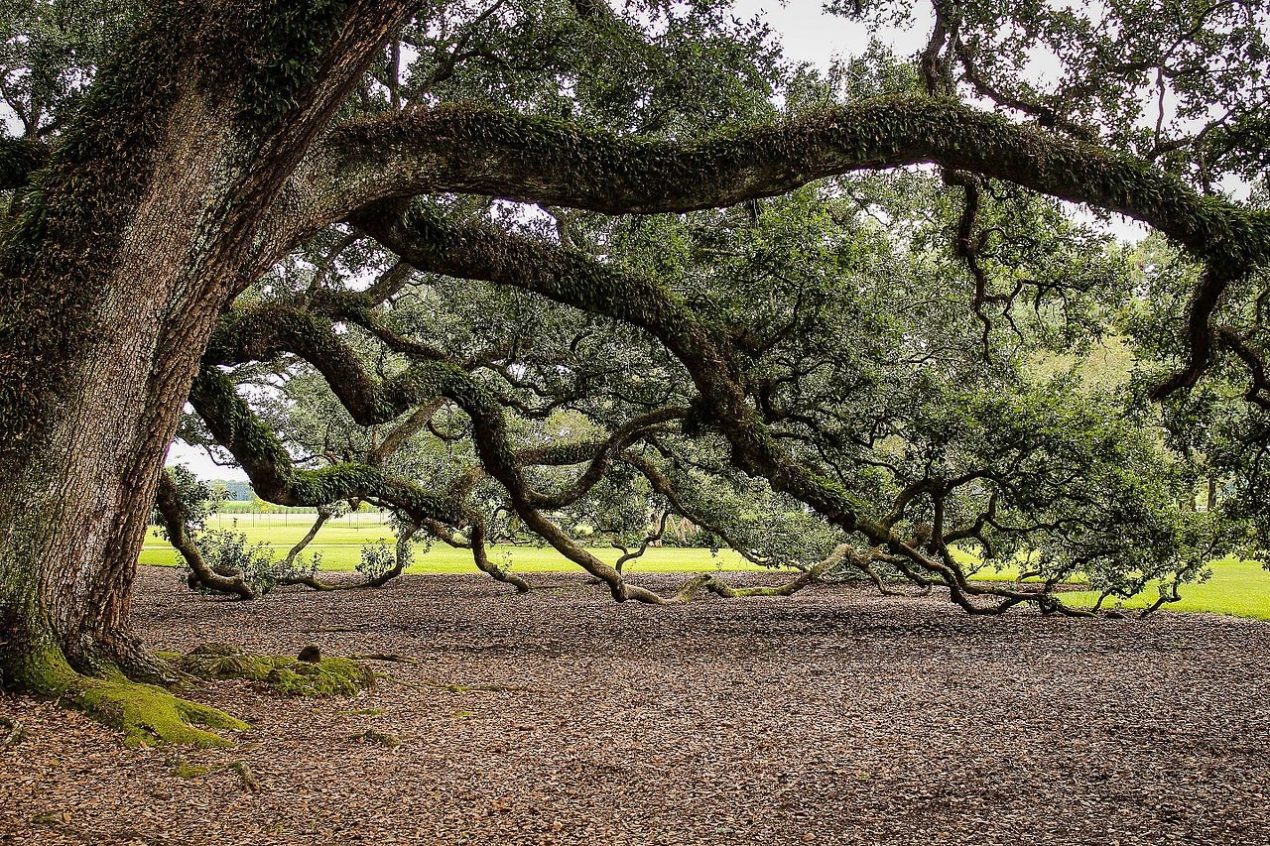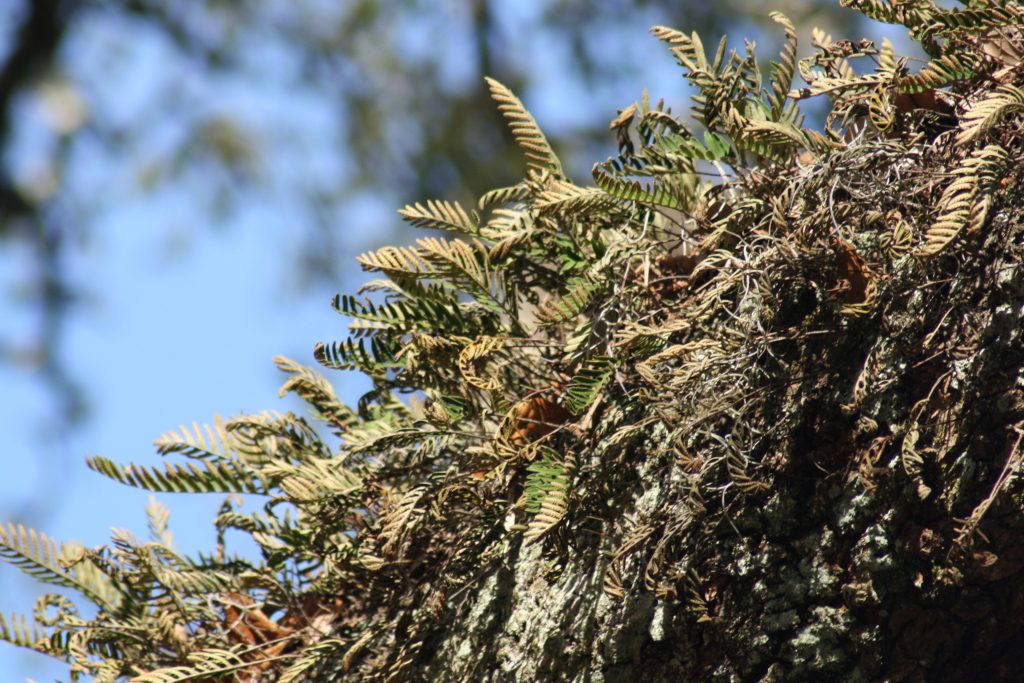From the Legacy of Generosity
“To plant a garden is to believe in tomorrow.” ~ Audrey Hepburn
Over the 35 years of business, the one thing that has most touched us and put passion and purpose in our step are our healing gardens.
Our journey to create healing gardens did not come through design classes and lecture halls….. it came through a personal journey through pain that changed our lives forever. It all began when my Dad was diagnosed with cancer. To help him get through some long days I decided to put a small unassuming butterfly garden in so that when he did feel like going outside he would have something to help distract him a bit and maybe bring a bit of sunshine each day.
I really wasn’t sure this was going to really work. But the shovels began digging and the plants took root, butterflies appeared almost immediately. From the first day of this garden Dad was already commenting on the butterflies, birds and the “goofy squirrels “as he called them. It was clear a bit of hope happened each day in that small time in the garden.
This inspired me to think abut ways I could honor my Dad and the precious legacy of generosity that he engrained in our lives growing up. So we decided to start HOPEGROWS, planting butterfly gardens for those with cancer for free. At the start of this journey it was only by word of mouth, people hearing the story. It was primarily adults that needed help with caring for their yards and gardens during treatments. But God had other ideas on the horizon for this project….. He wanted us to help children with Cancer! A scary adventure I wasn’t sure I could emotionally handle. God thought we were ready and He began sending us kids and families.
For all these years we have kept these precious stories in our company journals to be shared only in house and to bring no glory to any man. However, these past 2 years in our world have caused us to see the great need to share these stories of hope to perhaps inspire a fire in others.
So here goes a very small sample of some of our favorite stories of our healing gardens and how they have changed us and cultivated community.
Loving the lady like Lady Bug Garden: This healing garden is one of favorites because it most reflects the healing power of community. We heard about our little Meg through a teacher friend. Meg, had been diagnosed with cancer, and life changed drastically in one day for this family. Her story so touched us that we decided to approach them abut installing a small front yard butterfly garden for her at not charge. They loved the idea and Meg was now excited to have something to look forward to that was hopeful. As we were installing the garden the butterflies showed up before plants had even been planted…. fluttering around the pots! Neighbors had heard of the project and stopped in to see the progress each day. This gave us an idea….. what if this was a way to connect people that could support this family. The idea of creating hand painted lady bugs for the garden came to us. We could have each family put a “fingerprint spot” on the ladybug, we would write the name of the family on the bugs head, and then on the underside we would have each family leave a verse or message. These were done without Meg or her family knowing. These lady bugs were then hidden in the garden, one or two pre week. She then could go find her ladybug each time she came home from treatments and read her messages from her new friends. This connected 22 lady bug families that are still close friends today!
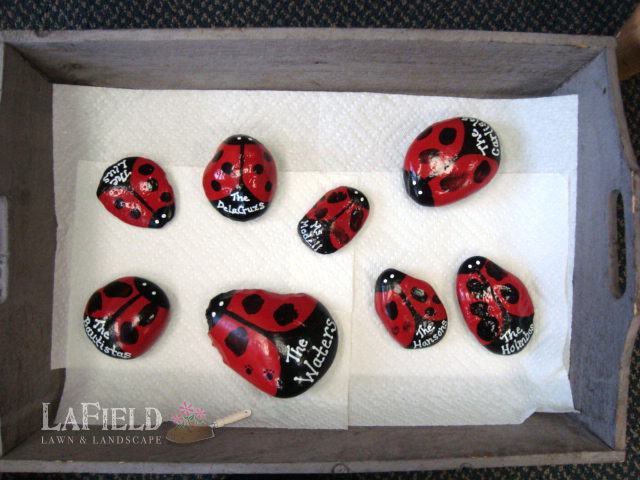

Lady bug didnt stop there….. that same year we had donated a tree to the Vera Bradly Store in La Cantera to be raffled to raise money for the vera Bradley Breast Cancer Research Foundation. The raffle day came and the winner was a nurse….. and not just any nurse… but one that lived in Megs neighborhood! This same nurse had been also touched by cancer in her family. So her desire was to donate the tree she had won to the START center….. the same center started by the oncologist that had helped my dad. So that beautiful tree still grows there today in honor of her daddy and mine! (Read article here) When we told her of Megs garden in her neighborhood she immediately wanted to be a part of helping this family. Her being a nurse was an added bonus!
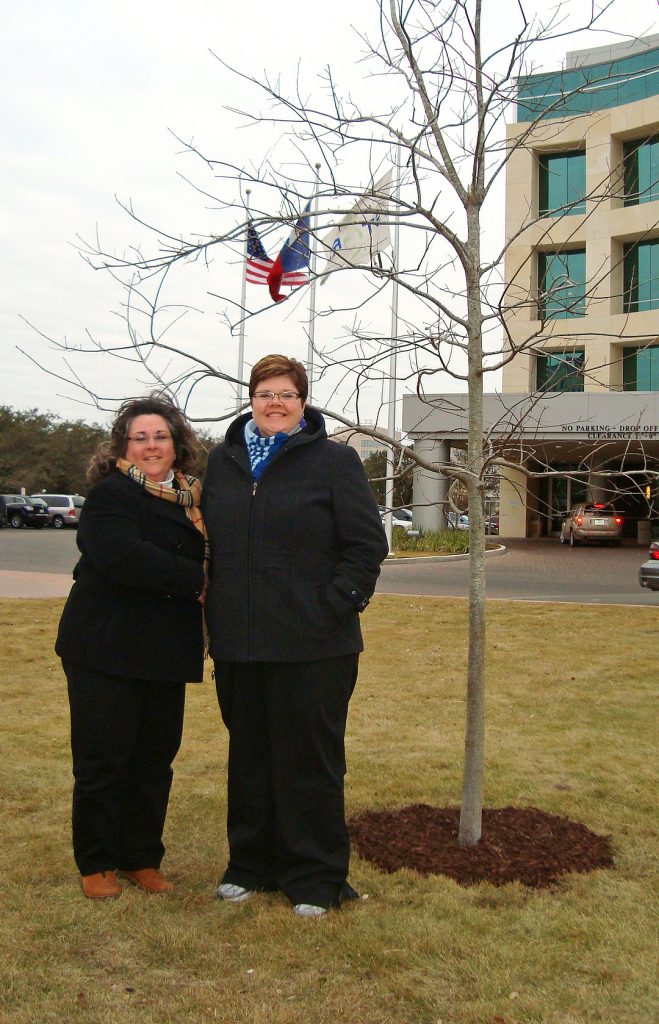
While Gardens for the kids with cancer continued to change our lives another kind of healing garden request came to my email one day. It was a precious mom that began her story of desperate need for healing and hope for her little family. At first read i thought that all the kids were cancer patients. But that was not the case, the pain was that of sexual assault, all 3 children. My heart was crushed. I set a time to meet the family. They had a small budget to try to get the garden and yard in a way that the kids might one day want to go back outside. We decided this was one case we had roll our sleeves up and make happen for this family. We designed a full back yard retreat with trees for privacy, butterfly gardens, and a textile garden table with soft succulents for the littlest one to touch and enjoy. This little table became the one part that most surprised us. It was a small garden table approximately 2×2.5. It had a variety of beautiful safe to touch succulents of all textures, some even with blooms. This little table became the one place that the oldest began to sketch her pictures of the succulents. These sketches were amazing and drew attention of her friends and family. They were helping her heal and talk about her pain. Her parents created her an art studio in the home when they had to be relocated.
She is such a brave one! She even went on a trip to Africa on a mission trip to an orphan home and taught the kids…. you guessed it how to sketch succulents. Her words to me one day over the phone were….. “I want to make a difference in the world like you are doing. I realize I am young but that is what I want to do with my life now. Use my pain to help others heal.” She is in a career path to do just that! This was the very best 7K we have ever spent in our company, giving this garden with lighting so changed us and blessed us beyond words! We now have life-long friends in this sweet family.
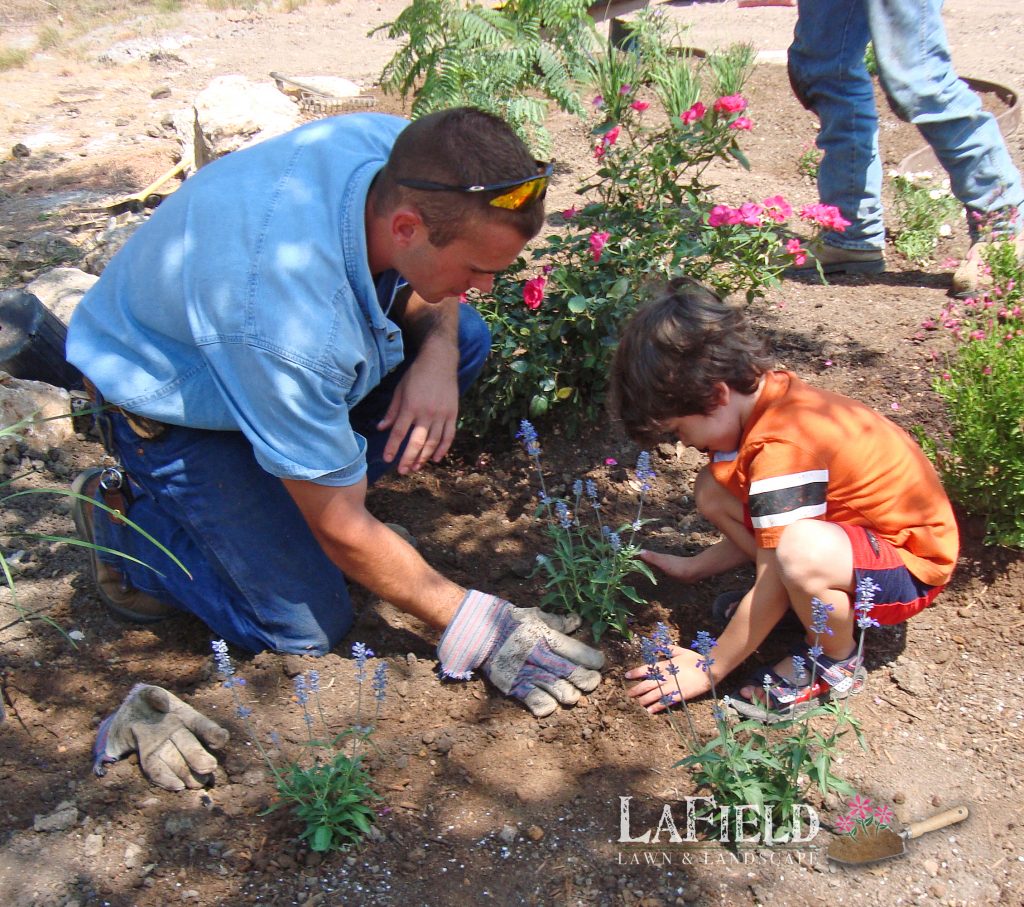
There are so many more of these stories that have shaped us over the years. We have decided to share these along the way this year to inspire others to reach out in their community and make a difference. It is very easy as a business to become focused on growth and day to day operations that we miss what matters most and the little opportunities that come our way. We have to be sensitive to the ones at arms length around us, that is where the need often lives. We can either live to work or work to live. I prefer to work to live. This is what puts passion in the prayers and pleasure in the work of your hands. It requires us to often stop in our tracks and hear what is right in front of us in the middle of a busy day.
I recall one day that I had a time sensitive day and needed a vase for an outdoor seating area staging. I ran quickly into TJMAX (my favorite vice) when I came back to my Hope Bug there was a sweet lady standing in front of my bug, holding a bouquet of beautiful pink roses. She was crying. She told me she saw the bug and how it had touched her so much as a cancer patient that she had to give me these roses as a thank you! I listened to her story of her journey through breast cancer and saw how her scars had become a badge of honor to bring hope to others in a way only one who had walked that valley could do. It was the best 20 minute conversation that day in the parking lot!
Healing gardens, you see, are planted in valleys, deserts, mountaintops and jungles. They can be 2×3 or or a full backyard retreat. They are the spaces in our lives where we need a bit of hope to bloom in the form of a nature retreat of birds, butterflies and sunshine and fresh air that gives us that ability to refocus life and all that matters. These garden designs are created by careful listening to the need. Perhaps it is just a bench surrounded by lush butterfly attracting plants, or a bistro for morning coffee and sunset tea set in a quiet garden. Fragrance, texture, color, movement and sound all come together to create the healing garden symphony. They are spaces that connect the brain, relax the spirit and refresh the senses. All these elements incorporated in a well designed space create gardens that will bring years of refreshing and hope in all the seasons of life.
This year more than ever the desire for these gardens is strong. We will continue to share our principles for creating these lush spaces as we journey through whatever valley, desert or mountain top ahead. This we know, there are always springs in every valley! There is always hope.
